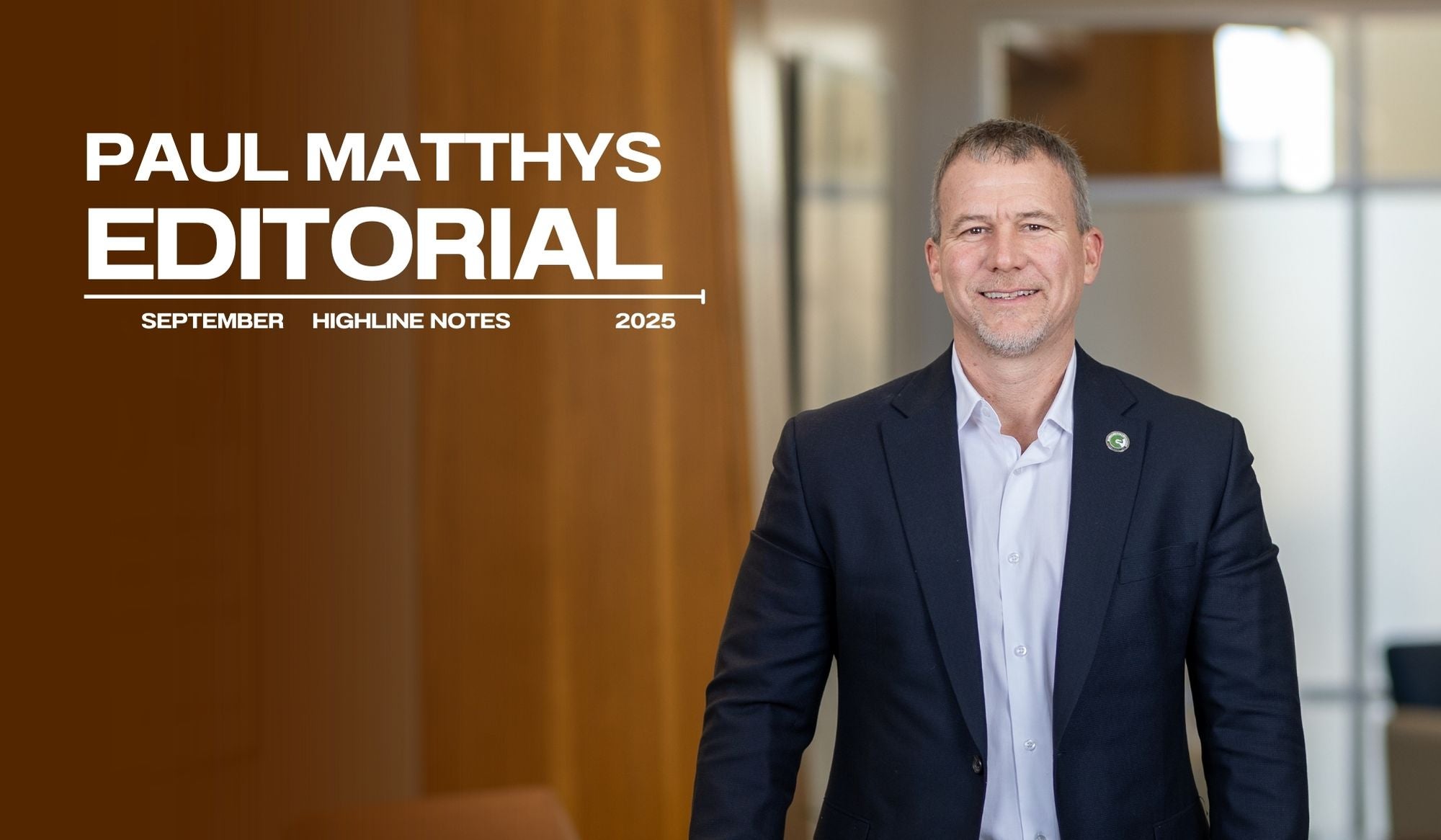We're hiring! Check out our opportunities on our careers page!
Our Office: 4100 32nd Ave. S. Fargo, ND 58104
Our Office: 4100 32nd Ave. S. Fargo, ND 58104

Summer is slipping away, and fall activities are filling up our calendars and planning sessions. A couple of fall activities at electric cooperatives include budgeting and strategic business planning. We begin our preliminary budgeting process in mid-August and continue through October, finalizing it in November and December. Our strategic business planning starts in August with our executive staff and board of directors and typically focuses on three to four high-level topics. Contingency funds, electric rates (wholesale and retail), load growth, and power supply resources are a few typical topics for our business planning sessions.
If you attended CCEC’s annual meeting this past April, you heard me discuss power supply resources, large data loads, and natural gas pipelines. We are in a period of transition and are planning for the future of our cooperative and its members. I want to take this opportunity to give you a clearer view of what we and Minnkota Power Cooperative (Minnkota), our wholesale electricity provider, have on our plates for strategic business planning.
Because of the decisions our cooperative leaders made in the late 1960s and early 1970s, our cooperative family has enjoyed reliable service and stable electric rates for the past 50-plus years. We are now at the same crossroads today and need to start planning for the next generation of cooperative members.
We have been working side by side with Minnkota to support the development of a natural gas pipeline from the Bakken area of North Dakota to the eastern part of our state. This year, the legislature provided up to $500 million in funding over 10 years for this project, and we believe it represents a potential opportunity to build the next generation of reliable power supply assets. Our renewable energy portfolio is also expected to expand through the development of Flickertail Wind Farm, which is planned near New Rockford, N.D. At the same time, we’re keeping all other options on the table, including combined or simple cycle natural gas, zero-emissions coal technology, and carbon capture projects. These are major decisions and we’re approaching them with an abundance of caution, while also recognizing that inaction is not a long-term option.
Future power supply resource planning is needed to accommodate our existing members, future growth, and new members. We are also navigating and assessing the possibility of serving large data loads and the potential benefits that it would bring to our existing members and the region. There are some opportunities to leverage large data loads to help support future power supply infrastructure and stabilize future rate increases that will be needed as we replace our legacy power supply assets. Keep in mind that we will need to replace our existing assets at some point in the near future, regardless of serving large data loads.
As we navigate these challenges and opportunities, I will assure you that reliability and affordability for our traditional members are at the forefront of our strategic business planning. While keeping our legacy members at heart, we will develop strategic business plans that will allow our next generation of cooperative members to enjoy the same benefits of sustainability and reliability as we have.